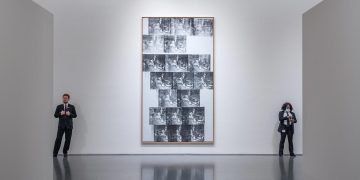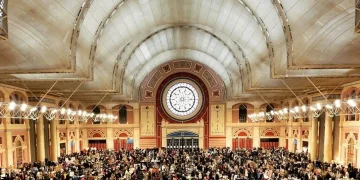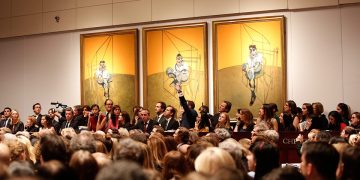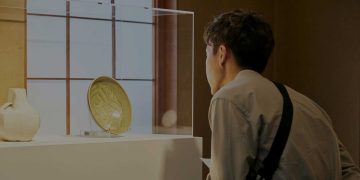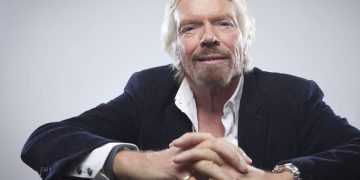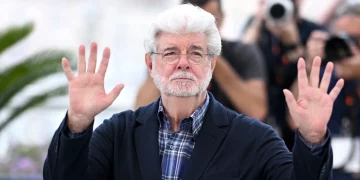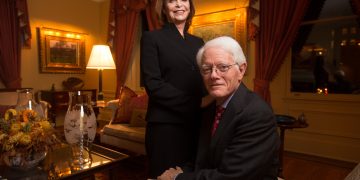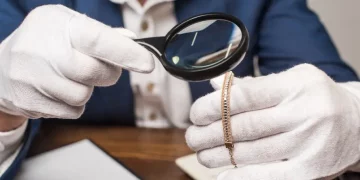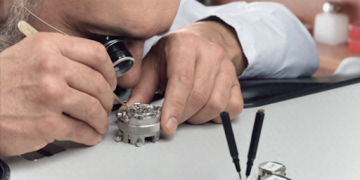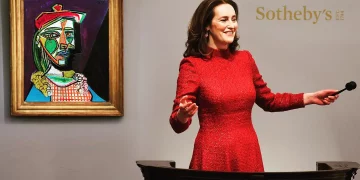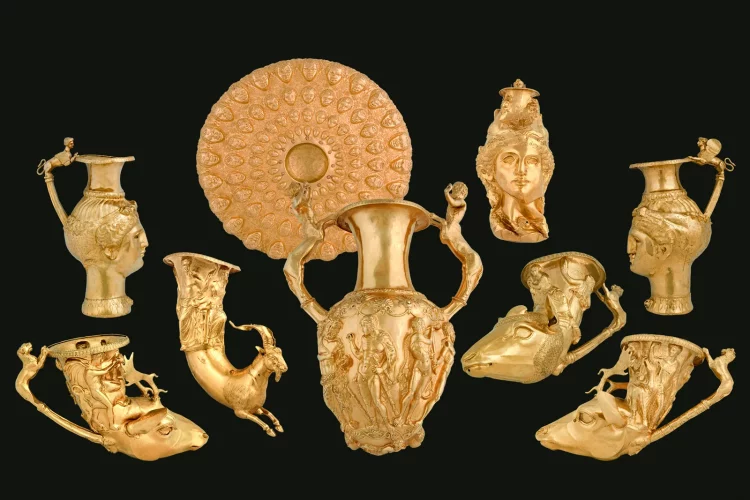There are collectors who accumulate rare items for the joy of ownership, and then there are those who acquire treasures with an obsessive fervor that leads them to lock away their collections from the world. These individuals often create private museums to house their beloved pieces, but in a curious twist, they then prevent the public from ever experiencing the treasures they have so meticulously curated. This is the story of one such reclusive collector whose passion for rare artifacts led them to create an extraordinary private museum—one that few have had the privilege to see. In this article, we will profile the enigmatic collector, explore the allure and ethics of private ownership versus public display, and examine the broader implications of keeping art and history out of the public eye.
The Collector: A Shadowy Figure of Wealth and Passion
The collector in question remains an elusive figure, known only to a handful of individuals in the art, antique, and collectibles world. They are a person of immense wealth, with an eye for rare and valuable objects that span a wide range of categories. From historical relics to contemporary art, the collection they have amassed is a reflection of their discerning taste and commitment to preserving human history and culture. The museum, tucked away in a private estate, is not just a display of wealth—it is an embodiment of the collector’s personal journey, values, and vision.
The collector’s story is as fascinating as the items they have gathered. Unlike many other collectors who proudly display their acquisitions or donate them to public institutions, this individual has chosen to keep their museum behind closed doors. Despite numerous requests from historians, curators, and art enthusiasts, the doors remain firmly shut. This decision has sparked debates about the role of private ownership in the world of collectibles and the ethical implications of hoarding cultural treasures for personal enjoyment.
The Private Museum: A Treasure Trove Hidden from the World
The collector’s private museum, often referred to as “The Vault,” is a sprawling, carefully curated space that houses an impressive array of artifacts. The collection spans centuries and continents, featuring everything from rare paintings by Renaissance masters to delicate ancient manuscripts, priceless jewels, and even one-of-a-kind archaeological finds. Each item has been chosen not just for its monetary value, but for its cultural, historical, or emotional significance.
The museum itself is designed to be a sanctuary for the collector. High-end security systems and thick stone walls keep the collection safe from theft and damage, while custom-designed displays ensure that each piece is preserved for future generations. The environment inside is intimate, and each artifact is displayed in a way that showcases its uniqueness and story. Visitors who have been fortunate enough to glimpse the collection describe it as an experience of awe and wonder—a private world of rare and priceless objects that feels almost otherworldly.
However, access to this treasure trove is limited to the collector and their closest confidants. No public tours, no media coverage, no exhibitions—just a carefully protected enclave that few will ever see. This exclusivity has sparked controversy in the art and collectibles community, where the value of objects is often intertwined with their ability to be shared with the public.
The Ethics of Private Ownership vs. Public Display
The debate between private ownership and public display has been a contentious issue for centuries. On one hand, private collectors have the right to amass personal collections and enjoy them in the privacy of their own homes. After all, these items were acquired legally, and the collector’s wealth allows them to create a sanctuary for their treasures. Furthermore, many collectors argue that private ownership can provide better care for rare items than public institutions, which often face budgetary constraints and overcrowded storage.
On the other hand, the public display of art, history, and culture is essential for educational purposes. Museums, galleries, and exhibitions serve as venues where the general public can engage with these objects, learning about history, art, and human achievement. Public access to collections can inspire, educate, and foster a deeper appreciation for the significance of rare artifacts. By locking away collections in private spaces, collectors may be depriving the world of the opportunity to experience and learn from these treasures.
One of the key ethical concerns in this debate revolves around the concept of “cultural heritage.” When a collector hoards rare artifacts, particularly those of historical or cultural importance, they may be seen as hoarding a piece of humanity’s shared legacy. For instance, if an ancient artifact or painting is locked away in a private collection, the public cannot engage with it, learn from it, or study it. This raises the question: should individuals have the right to own items that are part of our collective heritage, or should these treasures be made accessible for the greater good?
The Collector’s Perspective: A Desire for Preservation
From the collector’s perspective, the decision to lock away their collection may stem from a deep desire for preservation. Many private collectors see themselves as guardians of history, preserving valuable items that may otherwise be lost or destroyed. They argue that by keeping the collection private, they are ensuring its safety and longevity. Unlike public institutions, which may face financial difficulties or bureaucratic constraints, a private collector has the means to care for their artifacts in a way that ensures their protection from theft, damage, or neglect.
Furthermore, for some collectors, the joy of ownership is linked to the intimacy of having exclusive access to their treasures. For these individuals, the value of the collection is not just in the items themselves but in the personal relationship they develop with each piece. A private museum allows them to engage with their collection on a deeper level, without the distractions of public viewing. In many cases, the collector views the collection as a personal journey, and sharing it with the public would diminish the emotional significance they attach to each object.

The Public’s Desire to See and Experience
While the collector may find fulfillment in owning and preserving their treasures, the public often feels deprived of the opportunity to experience these items. The role of museums is to make art, history, and culture accessible to as many people as possible. Public museums serve as spaces where people from all walks of life can engage with artifacts, learn about different cultures, and connect with humanity’s shared history.
The reluctance of some collectors to allow public access to their collections raises important questions about the responsibilities of ownership. Should individuals with immense wealth and power be able to restrict access to pieces of cultural and historical significance? Many argue that the ability to view and study these objects should not be reserved for the few, but should be accessible to everyone, regardless of social status or wealth.
In the age of global connectivity, where cultural exchange is more accessible than ever, the debate around private ownership and public display is becoming even more pronounced. With the rise of digital technologies and virtual exhibitions, some believe that private collectors could make their collections accessible to a global audience without physically opening their doors. Virtual tours, online galleries, and digitized archives could allow people around the world to experience the collector’s treasures from the comfort of their own homes.
The Role of Museums in the Modern World
In many ways, private collections that remain locked away highlight a fundamental tension in the role of museums and the broader cultural landscape. Museums are institutions that serve the public good—they exist to preserve and present objects of cultural, historical, and artistic value. The very notion of a museum is grounded in the idea that objects should be shared with the public, not hoarded for personal gain.
The existence of private museums that are inaccessible to the public raises questions about the future of museums as we know them. If wealthy individuals continue to lock away priceless objects, the role of public institutions may become even more critical. Museums may need to adapt, focusing on the preservation of objects while finding innovative ways to share their collections with the public through digital means, collaborations, and international exhibitions.
Conclusion: A Fine Balance Between Ownership and Public Access
The story of the reclusive collector who built a private museum and then locked the world out serves as a poignant reminder of the delicate balance between personal ownership and public access. On one hand, private collectors have the right to amass and care for their treasures. On the other hand, the value of art, history, and culture often lies in its ability to inspire and educate the public. While private ownership may provide better preservation for certain objects, it also risks depriving future generations of the opportunity to engage with and learn from these items.
In the end, the debate over private ownership versus public display is not easily resolved. It requires a nuanced understanding of the ethical responsibilities of collectors, the role of museums, and the importance of cultural heritage. As the world becomes increasingly interconnected, the hope is that private collectors will recognize the power of sharing their collections, ensuring that their treasures are not just preserved but also shared with the world for generations to come.










